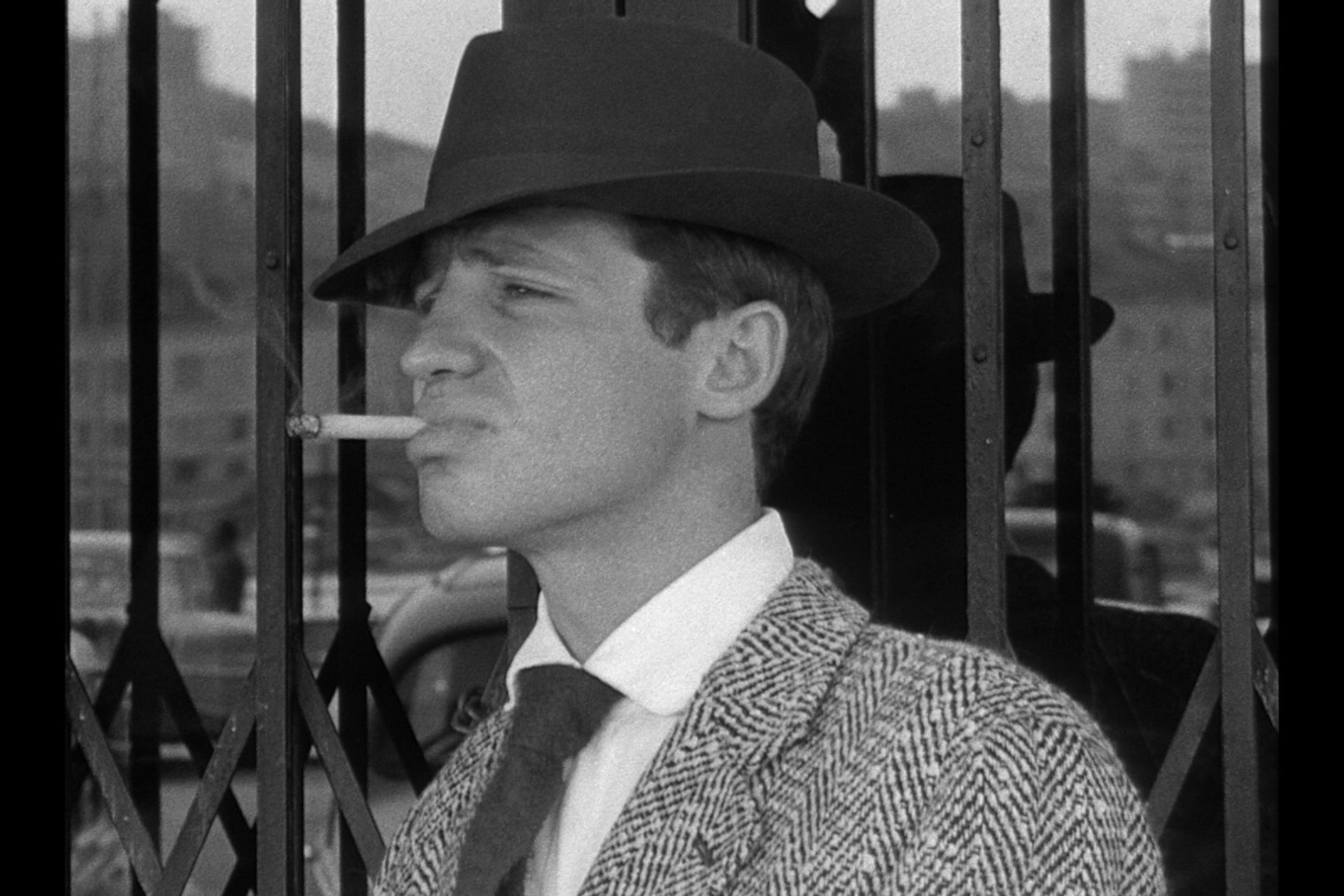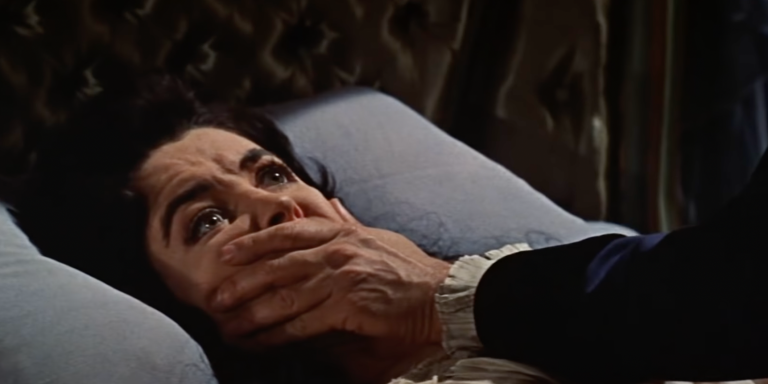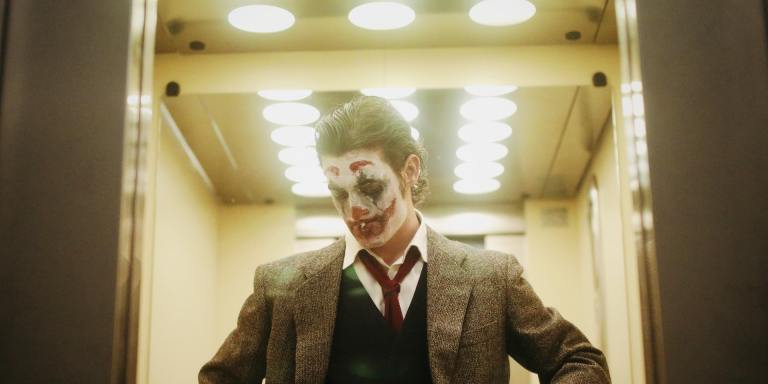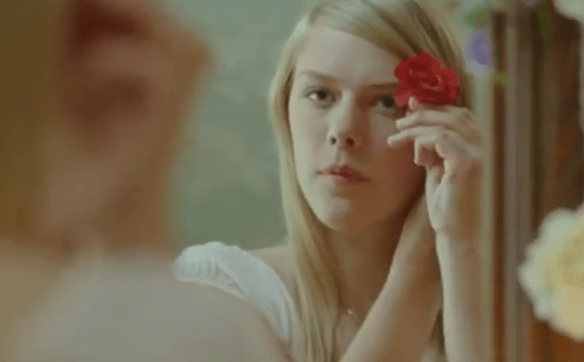Over fifty years ago, Jean-Luc Godard made his first feature film,— A bout de souffle— (which literally means “at the end of breath”) or, in the English translation, breathless. Today, it continues to captivate. Recently, I helped teach it to some undergraduate college students. After having studied the film very closely, watching it upwards of 15 times, and reading a lot of secondary literature, I knew why it was so important. But I was still surprised when some students who hadn’t seen it before passionately claimed that it was their new favorite film. I thought that it was kind of a cliché to be so into it – some of the other students who had seen it even told me that – but I realized that even if that was so, Breathless was still resonating with young audiences, and there was something about it that distinguished it from other landmark films.
So why Breathless? Why is it one of the key films in cinematic history? Why is it so fascinating for critics but equally so for average intellectually-minded audiences? What mark has it left?
1 . People actually enjoy it.
This seems obvious, but many critically important films leave audiences and even critics underwhelmed. Citizen Kane is the best example. On facebook or in conversation, it is rare that someone, even the artful, intellectual college students that I’ve been around for the past four years, cite Welles’ film as their favorite, and many haven’t even seen it. One has to work to see Welles’ genius and it becomes a critical task to give it its due. This may be true of Breathless – to those unfamiliar with film history, the importance of its aesthetic innovations might go unnoticed. But people still like it and even love it, whatever they know about Cahiers du cinéma, jump cuts, auteur theory, or any of the other big ideas associated with Breathless. It struck a chord with its audiences and continues to do so and has entered the popular discourse. The story of the death-obsessed, amoral yet likeable crook Michel (played by Jean-Paul Belmondo) convincing an American girl to leave France with him stays fresh. Other classic films have continued to grow in popularity since their release – Casablanca being one example – but these don’t also match Breathless‘s lasting influence on films and filmmakers.
2 . It breaks the rules.
Godard set out to very purposely break the rules of classical cinema, from its production norms to its stylistic grammar. Even today, Breathless confuses and disorients, but since so many of its stylistic innovations have been appropriated by new films, TV advertisements, and music videos, it might be difficult to understand just how shocking it was upon its release. With few exceptions, in 1960 all of the narrative films from Hollywood or France audiences had seen were pretty much shot and edited the same way, until Breathless. The most startling formal element is the film’s jump cuts – in many cases the transitions from one shot to another do not respect classical rules that even now our eyes are habituated to, and so there is a perceived gap in space and/or time between shots. In plain terms, it seems like there is something missing between two shots that would clarify the action. Godard uses jump cuts to such an extent that in the opening sequence, for example, it is not even clear exactly what happened without a second look. To some, this sequence and others might appear amateurish, as if Godard did not know what he was doing. But he did – after all by several accounts he had seen thousands of films by that point and had written about different editing practices – and the jump cuts were his attack on the classical system and his way of showing that movies could be made differently.
And more than that, the jump-cuts, along with other elements (such as the music that cuts in and out abruptly), were the start of Godard’s efforts to produce a more critical spectator, because these devices require us to think more.
Beyond the use of jump cuts, Breathless contains a wealth of innovations that break classical rules. When Breathless was made, there was a set of production norms that all French films followed (with some variation, the same is true of Hollywood at that time). Everything from the script, the size of crews, the type of lights and film stock, and the general working methods of filmmakers were dictated by a strict set of rules that came from union regulations and plain tradition. In France’s film industry at that time, the director was faced with a host of technicians, rules, and regulations that subordinated his or her position and control over the production of the film. Godard bucked all of these things and did what he wanted. To get rid of an excessive crew, he and his cinematographer Raoul Coutard used sensitive film stock meant for photography, so little or no artificial lights were required. They could shoot outside on the streets and in real interiors, free from the constraints of a studio. The entire film was shot silent and post-synchronized, and this allowed Godard to eschew a sound crew. In addition, since the performers weren’t actually being recorded, they did not need to memorize or speak their lines perfectly, and this allowed Godard to write the script as he went because the proper lines were recorded in post-production (and it isn’t difficult to tell that the lines don’t match the actors’ lips). Godard worked sporadically; if he didn’t have material for a day of shooting, he called it off. In short, Breathless was Godard’s affront on the classic rules and his stubborn assertion that he could make the film he wanted how he wanted.
By now, Breathless‘s innovations make up part of the contemporary grammar of film style. It is now normal for films, music videos, and TV (especially commercials) to uses jump cuts or jarring music. In effect, these features of Breathless have become classical. In breaking the rules, it rewrote the rules.
3 . The auteur theory.
The auteur theory is inextricably linked with Godard and the French New Wave. Simply put, the auteur theory is the idea that the film director “writes” his or her film as the author writes his or her novel. The theory – in French called la politique des auteurs but translated to auteur theory by the Village Voice critic Andrew Sarris – was first developed and defended by the group of critics who wrote for the French film journal Cahiers du cinéma during the 1950s. These included most of the figures who went on to make New Wave films: François Truffaut, Eric Rohmer, Jacques Rivette, Claude Chabrol, and of course Godard. These critics and filmmakers-to-be developed their theory by establishing a canon of cinema based on the directors’ personal stamp on the films. In their various articles and reviews, the Cahiers group elevated the status of many Hollywood figures never-before seriously considered, such as Samuel Fuller, Anthony Mann, and Nicholas Ray, among others. In addition, they praised several European directors, like the Italian neo-realists, Igmar Bergman, Jean Cocteau, and Robert Bresson. At the same time, they dismissed most French filmmakers, in large part because they – the Cahiers group– were about to rebel against that cinema and start something new.
Actually, Godard was not as vehement as figures like Truffaut and Chabrol, who wrote polemical attacks on French cinema and its “tradition of quality.” But Breathless was Godard’s polemical move. In breaking all the rules, he affirmed the role of the director and realized the ideal of of the auteur theory. By making his film as he wanted to, Godard exemplified and popularized the idea of films being creations like novels or paintings. This idea was not entirely new – in the world of experimental and avant-garde cinema, it was never any other way – and to some extent figures like Jean Cocteau or Alfred Hitchcock were considered artists, but Godard showed that commercial narrative films could be personal creations. To a degree all of the New Wave films were personal creations, but even the film of Truffaut and Alain Resnais (see below) were far more collaborative efforts when compared to Breathless and Godard’s other films.
The auteur theory still holds a lot of currency today. From a production standpoint, it continues to inspire filmmakers who want to make personal movies their own way outside of the system. From a critical standpoint, it continues to inform the way in which we think about and understand cinema, in that the director is considered to be the central creative force and the source of form and meaning. Godard’s realization of the auteur theory in effect helped legitimize the serious study of films because the way it was made resembled more the writing of a novel or the painting of a painting, rather than the industrial production of a piece of mass culture.
4. The French New Wave.
Breathless was not just part of the French New Wave; it was one of its prime-movers. Along with François Truffaut’s The 400 Blows and Alain Resnais’ Hiroshima mon amour, it was one of the movement’s three key films. In brief, the New Wave was a group of films appearing in the late 1950s and 60s; these films constituted a cinema renaissance that broke with classical style, production methods, and themes, and generally showed a new conception of what the director was. These three films announced to the world that something new was happening in cinema, and they started one of the most important periods in film history. The French New Wave proved to be the inspiration for new kinds of cinema around the world in Europe, the United States, Japan, and Brazil, to cite a few examples. Even later movements such as dogme 95 in Denmark make direct references to the French New Wave.
5. It’s self-conscious.
As films and films genres evolve, they tend towards greater self-consciousness. Films become increasingly aware of their own conventions, in large part because the audiences do, too. What separates Breathless is its great leap forward in terms of self-consciousness. Godard, an outsider to the film industry at the time, had an immense reserve of knowledge stored up from years of going to the theaters in Paris. With Breathless, he self-consciously set out to make a gangster film, knowings all the rules and conventions of that genre, as well as all the previous examples. As a result, the film has a nearly endless list of references to Hollywood cinema, French cinema, and high and low culture in general. The film is a massive intertextual entity which acknowledges that it is an artistic creation in conversation with a body of other creations. It uses the generic Hollywood template to create something entirely new. Breathless started the trend of young filmmakers looking to classical Hollywood for inspiration. Godard’s project of (re)interpreting Hollywood, starting with Breathless, proved to inspire the visions of directors as wide-ranging as Rainer Werner Fassbinder, Wim Wenders, Robert Altman, Martin Scorsese, Francis Ford Coppola, the Coen Brothers and of course Quentin Tarentino (whose company is named after one of Godard’s films).
6. It marked the end of classical cinema.
Perhaps the most essential reason why Breathless remains significant today is that it marks the shift to post-classical cinema that we’re still in today. In the 1920s, in France and in the United States, the ways films were made and even their content began to be standardized and by the time sound films came about a set of codes was established. The “classical” cinema is thus roughly films made from this point up until about 1960. Breathless, as a commercial narrative film, departed from this classical period more radically then even most films that came after it. In short, anyone wondering why new movies don’t seem like old movies can look to Breathless as the reason. ![]()






